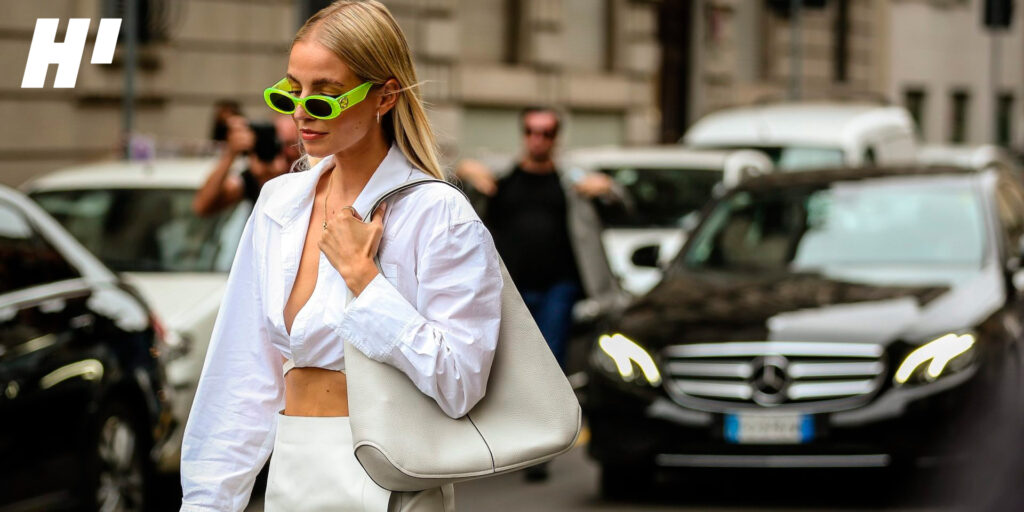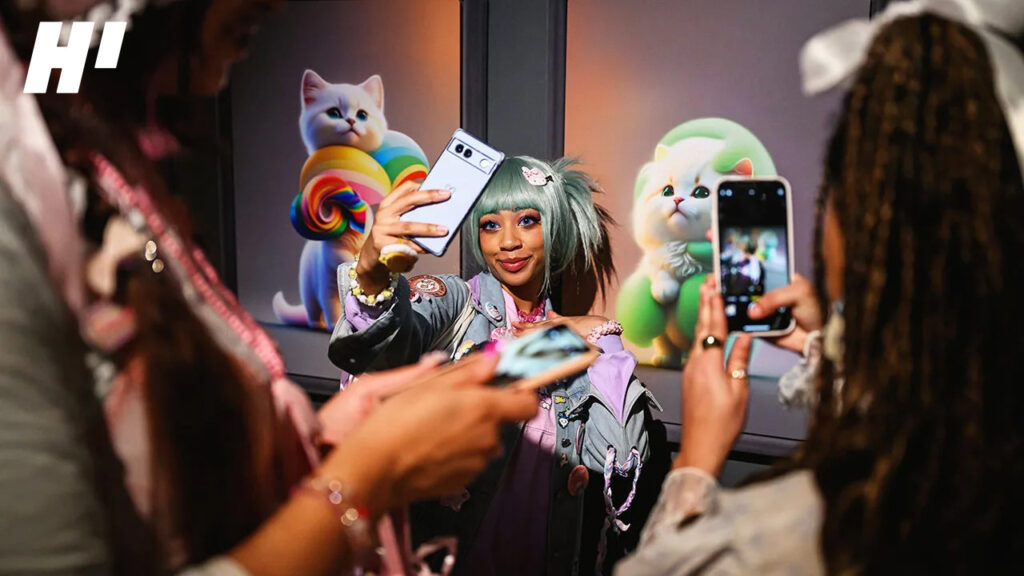Influencer marketing has come a long way from simple shoutouts on Instagram, and as we roll into the second half of 2025, it’s clear the landscape is shifting fast. Brands are pouring more cash into it, creators are getting savvier, and tech is mixing things up in ways we couldn’t have imagined a few years back. But what does that mean for 2026 and the years after? Drawing from fresh data and trends popping up this year, we’ll unpack the big predictions, dive into game-changing tech like virtual setups and smart avatars, explore how folks are changing the way they shop and connect, share some hands-on advice to keep your brand in the game, and pull in insights from surveys and experts who’ve got their finger on the pulse. Let’s get into it.
Table of Contents
Key Predictions Based on 2025 Data
This year has been a wake-up call with numbers showing influencer marketing isn’t slowing down—it’s accelerating. Global spending is on track to hit $32.55 billion by the end of 2025, up from previous years, and experts see it climbing even higher into 2026. Ad dollars for influencers worldwide could reach $39.33 billion next year, with steady growth fueled by brands ditching traditional ads for more personal touches.
Here are some standout forecasts:
- Live Shopping Takes Center Stage: By 2026, live streams where influencers demo products in real time could make up 20% of all online sales, especially in spots like fashion and beauty. We’ve seen this explode on platforms like TikTok, and it’s pulling in crowds who want that instant buy vibe.
- Shift to Smaller Creators: Big names might grab headlines, but micro and nano influencers—with tighter-knit followings—are where the real engagement lies. In 2026, businesses will lean harder on them for cost-effective, trustworthy partnerships that feel more genuine.
- Long-Term Ties Over One-Offs: Forget quick hits; surveys show over 80% of marketers plan to build ongoing relationships with creators, turning them into brand ambassadors for sustained impact.
- Budget Boosts Across the Board: More than half of big brands—54% to be exact—are bumping up their influencer spends in 2026, especially in categories like consumer goods and cars, with some eyeing 10% hikes.
- Measurement Gets Sharper: With tools tracking everything from clicks to sentiment, expect ROI to improve, but user fatigue could creep in if content feels too salesy.
These aren’t wild guesses—they’re backed by 2025 surveys where 59% of marketers said they’re teaming up with more influencers than last year. The industry’s maturing, but it’s also getting crowded, so standing out will be key.

Emerging Tech: AI Avatars, Metaverse Expansions, and More
Tech is rewriting the rules, making influencer marketing more scalable and creative. By 2026, we’re talking about setups where brands don’t just partner with people—they create or tap into digital ones.
Start with AI avatars: These virtual personalities are blowing up, with the market for virtual influencers projected to hit $45.88 billion by 2030, growing at a wild 40.8% clip from 2025. Platforms like TikTok are already rolling out tools where brands pick digital “influencers” to star in ads, cutting costs and risks while keeping things fresh 24/7. Imagine a brand’s mascot chatting with fans in real time or demoing products without travel hassles. Experts like Gary Vaynerchuk are calling it out: “In 2025, pls don’t say ‘no’ to… Virtual influencers and the future of Ai IP.” We’ve seen early wins with AI-generated content, and 77.9% of creators are open to weaving in customizable avatars for their work.
Then there’s the metaverse, expanding into a $103.6 billion playground by year’s end, with growth rates pushing 37% annually through 2030. Here, influencers host virtual events, sell digital goods, or build branded worlds. Think Roblox or Minecraft, but ramped up—over 400 million users already, and brands are jumping in for immersive campaigns. Web3 ties in too, with NFTs and blockchain letting creators own their content and fans collect exclusive drops, turning passive viewers into active participants.
Other tech on the rise? Voice search and smart devices will push influencers to optimize for audio content, while data-driven personalization makes every collab feel custom-made. It’s exciting, but it means brands have to experiment now or get left behind.
Shifts in Consumer Behavior
People aren’t consuming content like they used to, and that’s reshaping how influencers fit in. In 2025, 69% of folks trust recommendations from creators more than straight-up brand ads, but they’re picky—they want realness over polish. Gen Z, especially, is driving this: 61% trust influencers over traditional pitches, and they’re discovering products right in social feeds.
Key changes include:
- Craving Authenticity: Fatigue from over-the-top endorsements is real—consumers are shifting toward micro-influencers who feel like friends, not salespeople. Word-of-mouth is making a comeback, with genuine user stories trumping glossy campaigns.
- Privacy and Personalization Push: With data concerns rising, people want tailored experiences without feeling spied on. Brands using first-party info for custom content will win, while hyper-personalized ads become the norm.
- Sustainability and Values Matter: Shoppers are leaning into eco-friendly and inclusive vibes, expecting influencers to align with causes. This ties into broader trends like voice/visual search changing discovery.
- Platform Hopping: As social commerce hits $145 billion in the U.S. by 2026, consumers are spreading out—exploring new apps and demanding interactive formats like live sessions.
Surveys back this: 28 key consumer stats from 2025 show a move toward niche, trust-based interactions that influencers are perfect for. It’s all about building connections that last.

Advice for Brands to Stay Ahead
To thrive in 2026, don’t wait—start tweaking now. Here’s practical guidance:
- Embrace Tech Early: Test AI avatars for quick campaigns or dip into metaverse events. Tools like those on TikTok make it easy to start small.
- Focus on Real Relationships: Partner long-term with creators who match your values. Use data to measure beyond likes—look at conversions and loyalty.
- Personalize and Adapt: Listen to your audience’s shifts; tailor content for voice search or sustainable angles. As one expert puts it, “Fashion marketing is moving from mass messaging to hyper-personalization.”
- Diversify Platforms: Don’t stick to one spot—explore emerging ones and mix in live shopping for that interactive edge.
- Track and Tweak: With 32% of marketers citing measurement as a hurdle, invest in better analytics to prove ROI and adjust on the fly.
Expert voices echo this: In a 2025 report, over 1,000 marketers stressed blending data with creativity to lead. And from the B2B side, ongoing influencer ties are key for trust-building.
As influencer marketing heads into 2026, it’s about blending human touch with smart tech to create lasting bonds. If you’re plotting your next move, our crew at HireInfluence can help brainstorm those forward-thinking campaigns. What’s one trend you’re betting on? Let us know in the comments!
14 𝕏 posts
53 web pages





